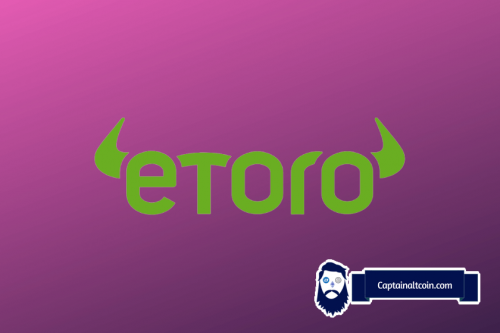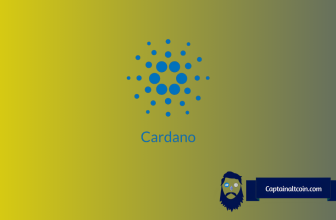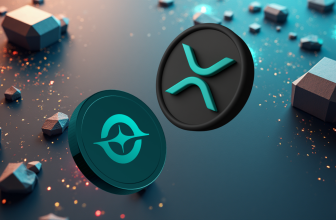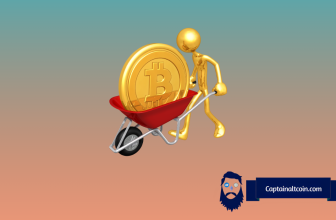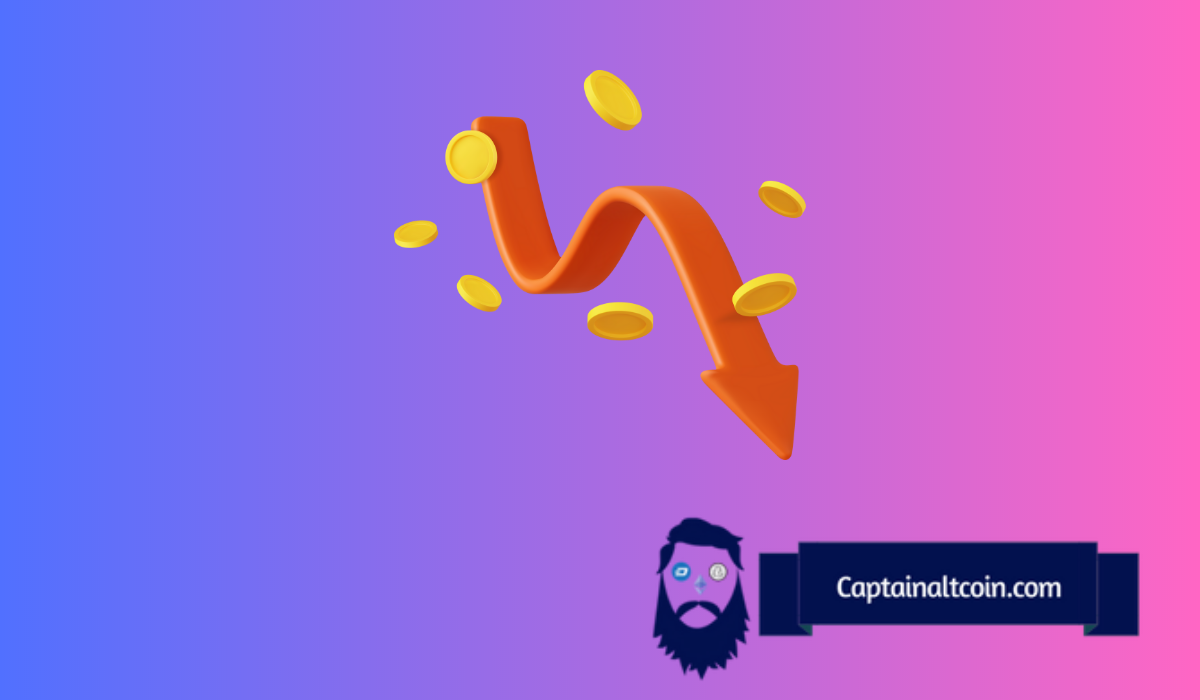
Crypto analyst ChainMind has recently shared insights into why certain altcoins may not be sustainable investments. Citing examples of old projects, artificial tokens, and those from past trends, the analysis emphasizes avoiding these categories to steer clear of potential losses.
The guidance includes details on eight specific tokens that could face diminishing prospects and explains how investors might identify similar assets. ChainMind categorizes underperforming altcoins into three types: older projects, artificially manipulated tokens, and projects from outdated trends.
These categories, the analyst suggests, often share a lack of innovative momentum, transparent supply control, or sustainable demand. For instance, older projects like Monero (XMR) and Ripple (XRP) are flagged as examples of assets that may lack future growth due to high valuations or outdated technology.
ChainMind highlights these distinctions to aid investors in making well-informed decisions and avoiding stagnant assets.
What you'll learn 👉
Old Projects: High-Valuation Tokens with Stagnant Technology
ChainMind’s analysis includes a cautionary look at aging projects that have fallen behind in technological advancements and market relevance. Monero (XMR), created to enhance transaction privacy, once thrived on its unique value proposition.
However, the report suggests its valuation has since stagnated, diminishing its future growth prospects. Similarly, XRP was designed for rapid international transactions but is now viewed as an overvalued asset with limited potential compared to other modern cryptos.
ChainMind’s evaluation advises investors to remain cautious with these tokens and consider whether current valuations align with technological capabilities and market demand.
Artificial Tokens: Controlled Supply and Price Risks
Tokens with centralized control over supply and price face heightened risk, according to ChainMind’s assessment. One prominent example is Worldcoin (WLD), where the supply is reportedly controlled, creating room for market manipulation.
ChainMind warns that such tokens can experience sudden value declines, leaving investors vulnerable. Another case, dYdX (DYDX), reportedly endures constant selling pressure due to a structured unlocking schedule, further limiting price stability.
The analysis highlights the importance of checking whether a token’s supply and pricing dynamics are market-driven or team-controlled, as the latter can pose significant risks to investors.
Read also: Bitcoin Whales Accumulate as BTC Price Makes History
Past Trends: Tokens from Declining Sectors
The analysis suggests caution toward assets tied to outdated trends, including past popularity spikes in play-to-earn (P2E) gaming tokens.
ChainMind references Axie Infinity (AXS) as a token emblematic of the P2E surge that has since faded, resulting in high inflation and diminished investor interest. Bitcoin Cash (BCH) and Ethereum Classic (ETC), both forks of established tokens, are also mentioned as examples.
According to the analysis, these assets tend to struggle with maintaining relevance and growth potential in today’s market landscape.
Spotting Potentially Declining Altcoins
ChainMind advises investors to carefully evaluate specific factors to avoid investing in assets with limited growth prospects. Key indicators include the project’s unlock schedule, the sector’s trend viability, the token’s Fully Diluted Valuation (FDV), and overall demand.
Additionally, joining the token’s community can provide further insight into sentiment and potential.
Follow us on X (Twitter), CoinMarketCap and Binance Square for more daily crypto updates.
Get all our future calls by joining our FREE Telegram group.
We recommend eToro
Wide range of assets: cryptocurrencies alongside other investment products such as stocks and ETFs.
Copy trading: allows users to copy the trades of leading traders, for free.
User-friendly: eToro’s web-based platform and mobile app are user-friendly and easy to navigate.

